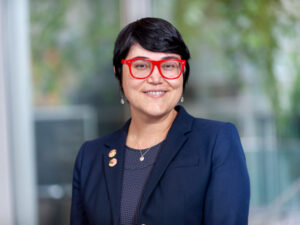When Ben Harder and his team of health analysts at U.S. News & World Report developed a suite of health equity measures for America’s hospitals, they expected to find some level of disparity, but nothing prepared them for the shocking magnitude of inequity they uncovered.
To comprehend the significance of disparities articulated in the U.S. News study and define the scorecards’ impact on bragging rights at cancer centers, The Cancer Letter asked four leaders in oncology to evaluate the health equity measures.
As a comprehensive cancer center in Los Angeles, City of Hope serves one of the most diverse—and vulnerable—patient populations in the U.S.
When Peter Pisters returned to The University of Texas System as president of MD Anderson Cancer Center in December 2017, one of his top priorities included achieving gender parity and diversifying the hospital’s executive suite.
Two academic health systems in Cleveland are creating programs and faculty positions to direct institutional initiatives on health equity—at the executive level.
A recent analysis of the National Cancer Institute’s workforce and grant recipients shows that Black and Hispanic scientists are dramatically underrepresented across key metrics, both intramural and extramural.
Racial and ethnic minorities that are underrepresented in medicine have even lower representation in leadership of NCI-designated cancer centers, a study by Memorial Sloan Kettering Cancer Center researchers found.
This is the first installment of conversations about diversity, equity, and inclusion in recruitment and mentorship at academic cancer centers.













